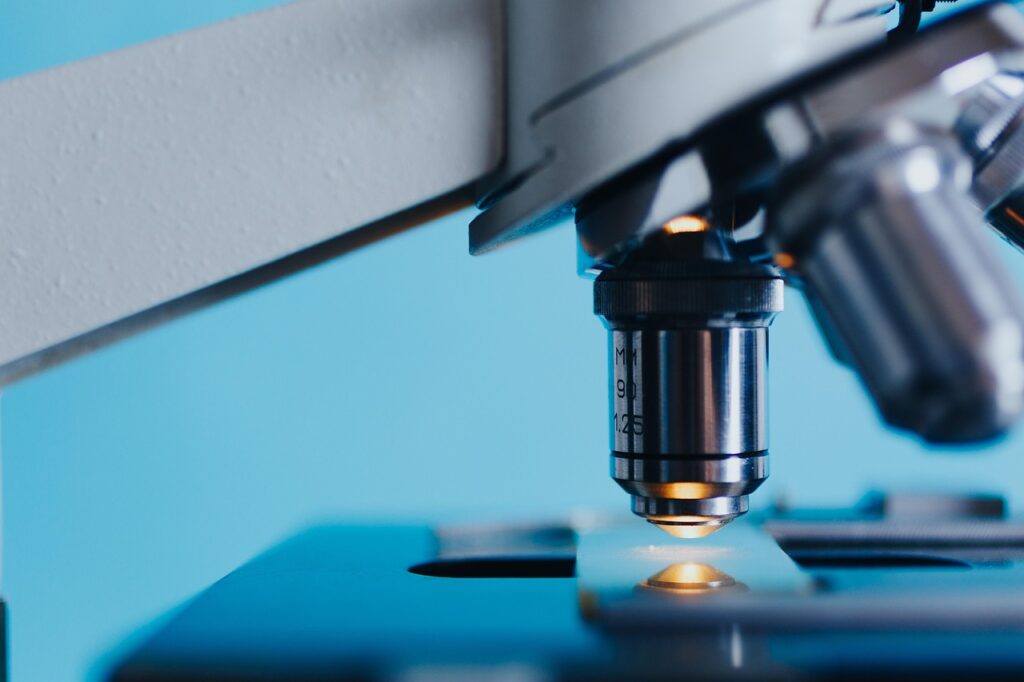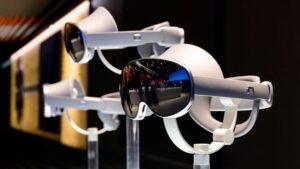MIT Engineers Break Strength Barrier with Machine-Learned Printable Aluminum Alloy

MIT researchers have unveiled a groundbreaking aluminum alloy that sets new strength records for 3D-printed metals. Developed through a combination of computational simulations and machine learning, the alloy is five times stronger than conventionally cast aluminum and maintains stability at temperatures up to 400 degrees Celsius. The team’s approach drastically reduced the number of material combinations to test—from over a million to just 40—leading to a high-strength recipe that could revolutionize lightweight manufacturing in aerospace, automotive, and data center cooling.
The breakthrough centers on the alloy’s microstructure, specifically its densely packed, nanometer-scale precipitates. These microscopic features, arranged in regular patterns, are key to the material’s exceptional strength. To produce the alloy, the team turned to laser bed powder fusion (LBPF), a 3D printing technique that rapidly melts and solidifies metal powder layer by layer. This fast cooling process preserves the fine precipitate structure, which would otherwise grow larger and weaker during traditional casting. “Sometimes we have to think about how to get a material to be compatible with 3D printing,” says study co-author John Hart. “Here, 3D printing opens a new door because of the unique characteristics of the process — particularly, the fast cooling rate.”
The project began as a classroom challenge at MIT, where postdoc Mohadeseh Taheri-Mousavi explored whether machine learning could outperform conventional alloy design. Her success led to a collaboration with researchers in Germany and Carnegie Mellon University, who printed and tested the alloy. The results confirmed the predictions: the printed aluminum was not only stronger than its casted counterpart but also more efficient to design. “Our methodology opens new doors for anyone who wants to do 3D printing alloy design,” Taheri-Mousavi says. “My dream is that one day, passengers looking out their airplane window will see fan blades of engines made from our aluminum alloys.”




